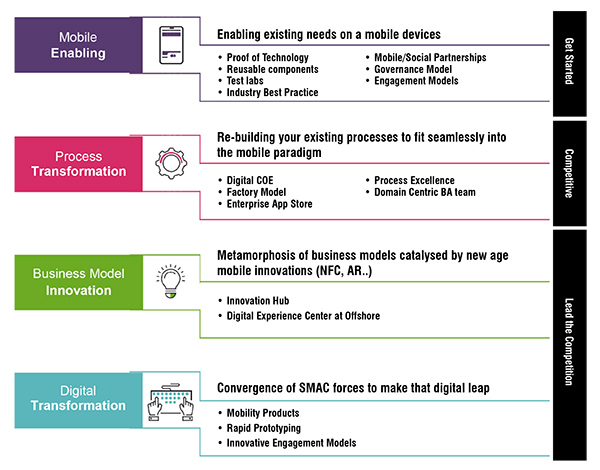
As the pharmaceutical and healthcare industry drive towards developing effective medicines and delivering total solutions for patients, they are trying to leverage new business modes and technologies from other industries to meet changing needs across geographies, patients, providers and regulators. AI supported ‘Digital’ technologies can allow innovative, connected, efficient and savvy adopters to surge ahead in their transformational journey.
Pharmaceutical industry is in the midst of a renaissance in leveraging latest technologies and evolving operating and delivery models to transform itself. Expectations to meet the demands of patients, providers, physicians and rapidly changing regulatory compliance needs globally are driving the industry to adopt some of the technological advances made by other industries, including healthcare that it was hesitant to leverage just a few years back.
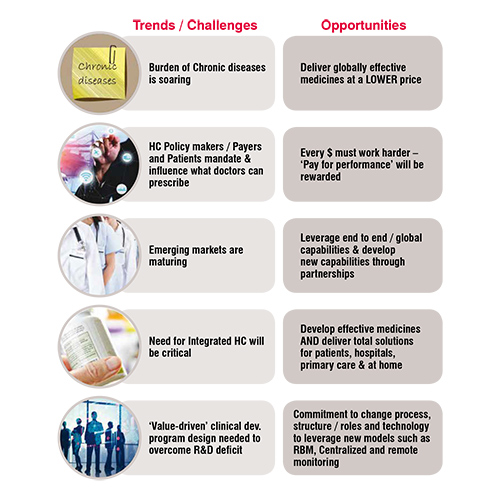
Developing and delivering drugs or devices alone is not enough, but the need to demonstrate their value through ‘pay for performance’ and to provide integrated healthcare to patients in a compliant manner will become more critical to remain competitive.
Increasing pressure to complete trials more efficiently with ‘real-time’ decision making possibilities through technology, ‘Speed to launch’ successfully the first time to ensure maximum revenue realization and the potential to proactively recruit, retain, ensure adherence and continue to provide enhanced services to patients throughout their interactions with pharma are driving the Digital transformation across the value chain. Emergence of IT functions to be a collaborative and partner for business to bring-in the latest developments in digital and SMAC (Social, mobile, analytical and cloud) technologies and sharing the ‘art of possible’ is allowing the industry leaders to push forward with the transformation and realize tangible benefits.
Life Sciences industry is undergoing significant transformation and is forced to move rapidly from being ‘reactive’ to a ‘proactive’ approach.
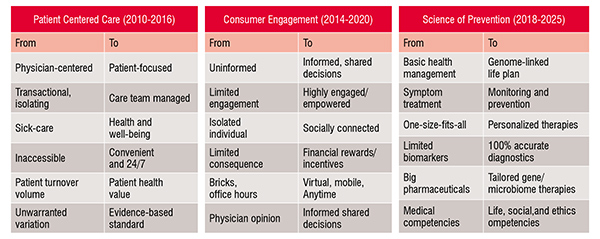
What is ‘Digital health’ – it means so many things to so many people. It really is the collection, analyses and effective action on data for ensuring patient / customer outcomes.
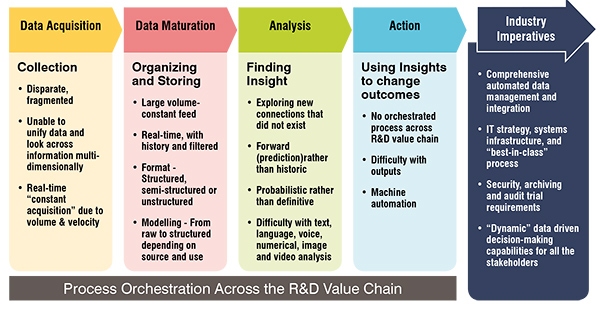
The need and impact of Digital initiatives across the value chain are rapidly evolving and both business and IT functions are investing in targeted initiatives. Specific touch points within each of the value chain areas are being identified and investments are being prioritised, with each organisation prioritising their focus based on their own strategic imperatives.
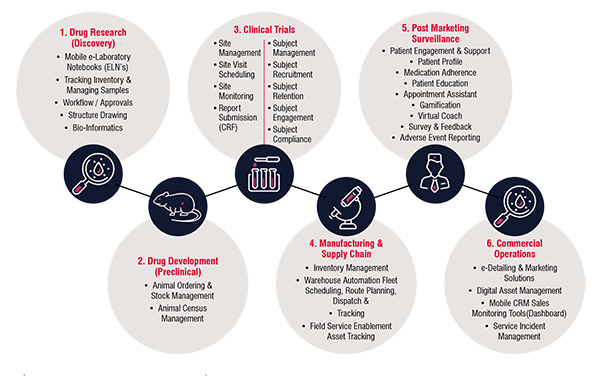
There are several factors driving the digital innovation in the clinical development area.
Demand for Speed
• First movers win most of the market opportunities – ‘need for speed’ is becoming a strategic driver
• Cost pressures are driving the industry away from decades-old trend of ‘spend’ and pipeline growth
Supply possibilities for real time data and analytics
• Near real-time data visibility and advanced analytics provided through a combination of AI, automation and other technologies
• Cloud based infrastructure and flexibility / scalability allowing strategic collaborations between technology providers and industry
Availability of Digital Technologies
• Increasingly sophisticated wearables, mobile devices creating the ‘connect patient’ and digital / virtual trials
• IoT, digital supply chain etc., allowing the sophisticated detection and delivery
Support from Regulators and Government
• Regulators are adopting and encouraging digital approaches – e.g., RBM, Sentinel, Digital Health Unit establishment within CDRH (Center of Devices and Radiological Health)
• Continued commitment to standards, consortia to drive technology adoption, data transparency.
It is critical to overcome some of the key barriers that limit the broader adoption of digital approaches by pharma, some of which are highlighted below.
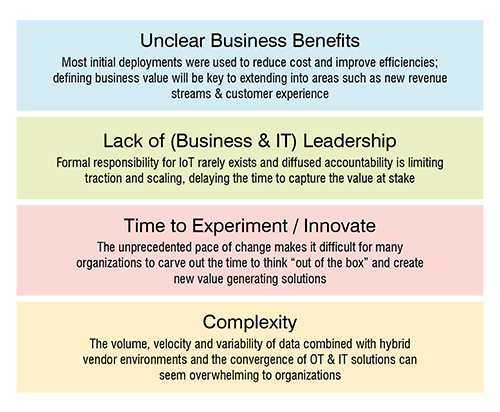
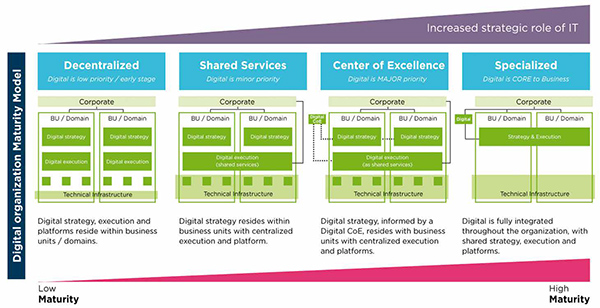
Digital transformation means a cultural shift within organisations and we have seen it have a sustainable impact if driven by the C-level leadership. Traditional organisation structures and skills within pharma may not alone be able to design and implement the changes needed to drive digital initiatives. Several model organisation structures are possible, but organisations need to identify the most optimal structure that will fit their vision, culture, investment / business case plans and may also move from one structure to another as they become more mature as a digital organisation.
A step by step approach would allow organisations to ‘walk, run and then fly’ in a phased manner.
